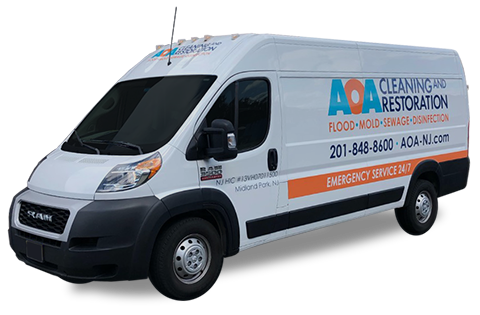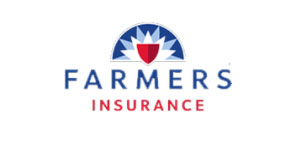Stay Safe, Sop Up And Restore To Normal
“Water, water everywhere.” It’s not such a whimsical song lyric when it’s referring to your home or office building after flooding or water damage. When it comes to property damage that involves saturated carpets, dripping ceilings and that musky smell signaling a possible mold infestation, you have to get serious about restoring the damage … quick.
Here are the seven essential remediation steps to take when the floodgates open to water, water everywhere on your property:
- “Safety first.”
It’s a common saying for a reason: Safety is priority when it comes to water damage and flooding.- Make sure everyone in your home or building is safe.
- Check on neighbors, especially the elderly or disabled.
- There may be structural damage to the property, even if it’s not so obvious to the naked eye. If in doubt, stay out to avoid slipping or falling.
- Stave off the shock.
Electricity and water are not a smart combination, to say the least.- While only necessary in severe situations, it’s always smart to turn off your gas and electricity (if you’re able to do so safely).
- You never know if your power and/or gas lines may have sustained damage, so leave it up to the utility crew to turn them back on when they determine it’s safe.
- Don’t use electrical devices if they’ve come into contact with water, but do take advantage of news via TV, radio and social media channels to stay on top of the latest updates and advice.
- Dodge the floodwater.
It’s surprisingly forceful. Water only six inches deep has the powerful potential to completely sweep you off your feet. Plus, floodwater may be highly contaminated. So it goes without saying that you should never eat or drink anything that the floodwater has touched. The garbage (or recycling bin) is where it belongs. - Call in the experts.
Get in touch with flood restoration specialists immediately – before you contact your insurance company. An immediate disaster restoration response and clean up help to minimize the damage. Of course, in order to get this rapid response, you must choose a restoration company that provides the emergency attention you need. - Document everything.
While you should keep a running list of all damages and receipts, your restoration specialist should be recording everything (with meticulous detail), as well. Detailed documentation helps when it comes time to file an insurance claim and when claiming losses for your income tax return. - Start sopping up.
Pick up excess water with mops or rags if possible. Do not use a household vacuum to remove water.- Leave the big-time water damage restoration to the cleaning specialists who are equipped with high-powered tools to get the job done right.
- Turn on the air conditioner in the summer to reduce humidity and aid the drying process.
- Contact your insurance company.
It’s time to file a claim. Your restoration company is able to assist you with this often complex, daunting and emotionally exhausting process.
To contact AOA for professional water damage recovery and mold remediation services, fill out this contact form or call 201.848.8600. Let’s get your property back to normal, ASAP.




















